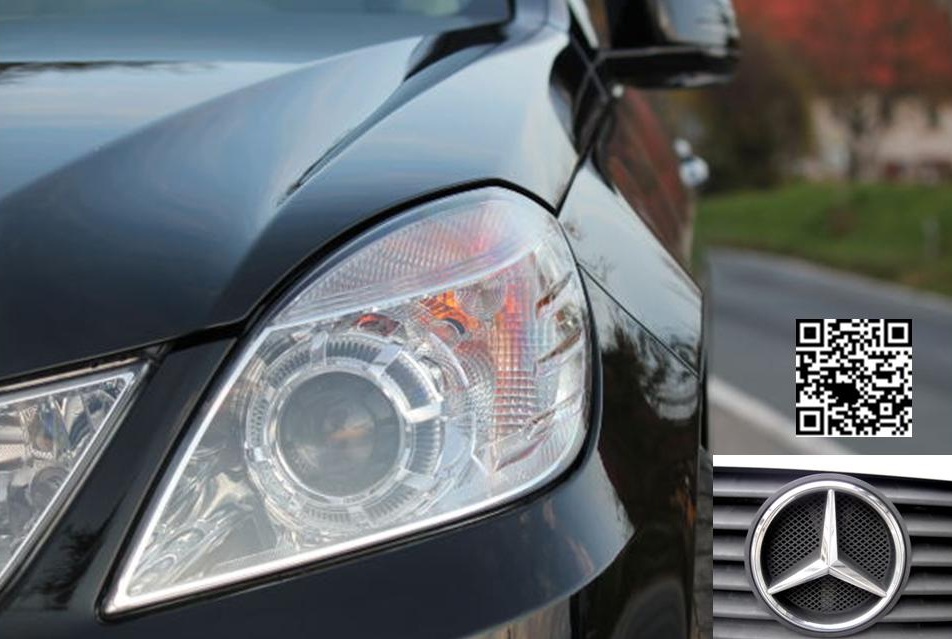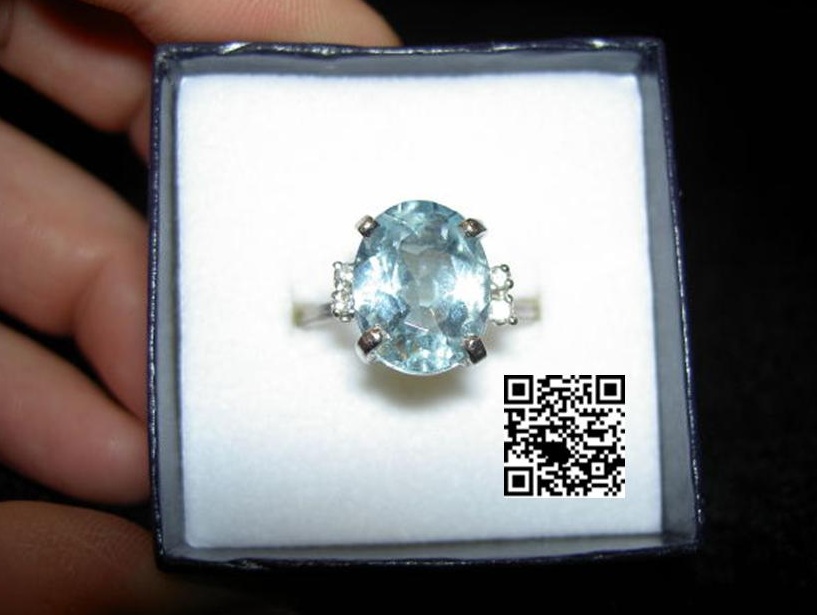Mercedes is using the barcodes to help emergency responders to better rescue people from crashes.
A new system using QR codes is in the works by Mercedes Benz that is being designed to assist emergency workers to be able to more quickly and safely extract the occupants of vehicles that have been involved in an accident that has trapped them inside.
The system helps to show emergency workers exactly how to remove passengers from the vehicles.
It is designed to combine the use of QR codes with rescue sheets that show police, firefighters, and paramedics the information that they require to know just where to use their “jaws of life” rescue sheers to extract passengers who are trapped within the vehicles. It provides them with information about the air bags, hydraulic lines, and any electrical cables, as well as other useful data about the vehicle and where it is safe and appropriate to cut through them.
The QR codes are printed on two stickers where the barcodes are displayed quite prominently.
 By scanning those QR codes using mobile devices such as tablets and smartphones, rescue workers are able to obtain immediate access to this information so that they can act quickly, appropriately, and with the greatest amount of safety to remove the occupants of a crashed car. The goal is to help to work with the rescue workers to reduce the amount of time needed to cut open a vehicle, and therefore save lives.
By scanning those QR codes using mobile devices such as tablets and smartphones, rescue workers are able to obtain immediate access to this information so that they can act quickly, appropriately, and with the greatest amount of safety to remove the occupants of a crashed car. The goal is to help to work with the rescue workers to reduce the amount of time needed to cut open a vehicle, and therefore save lives.
At the moment, rescue workers must either depend on hard copies of the rescue sheets, or they are required to search for the information online – assuming that this information has been made available on the internet. Now, Mercedes Benz is making sure that all of the required data for its vehicles, and that this information is linked to the QR codes.
In an expansion of that effort to save more lives, Mercedes Benz has waived its right to patent the system using the QR codes to access vehicle schematics by emergency workers who need to extract trapped people in vehicles. They are hoping that other automakers will, therefore, choose to take advantage of this technology which will already have been developed.

 ellence, as a step in the certification process. Each article will be affixed with its relevant barcode. Just as has previously been the case, it will still be possible to obtain hard copy reports on any jewelry that has been certified by the organization. These barcodes will simply provide an immediate link to the information that can be accessed wherever the device user may be.
ellence, as a step in the certification process. Each article will be affixed with its relevant barcode. Just as has previously been the case, it will still be possible to obtain hard copy reports on any jewelry that has been certified by the organization. These barcodes will simply provide an immediate link to the information that can be accessed wherever the device user may be.